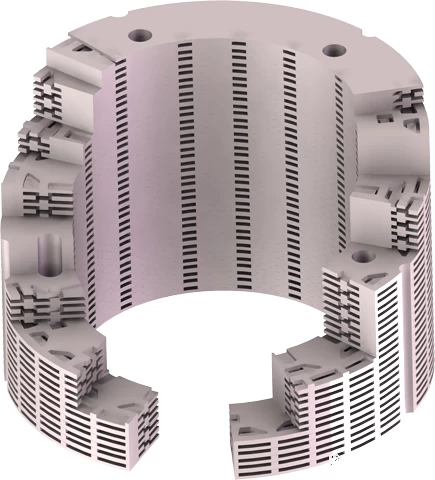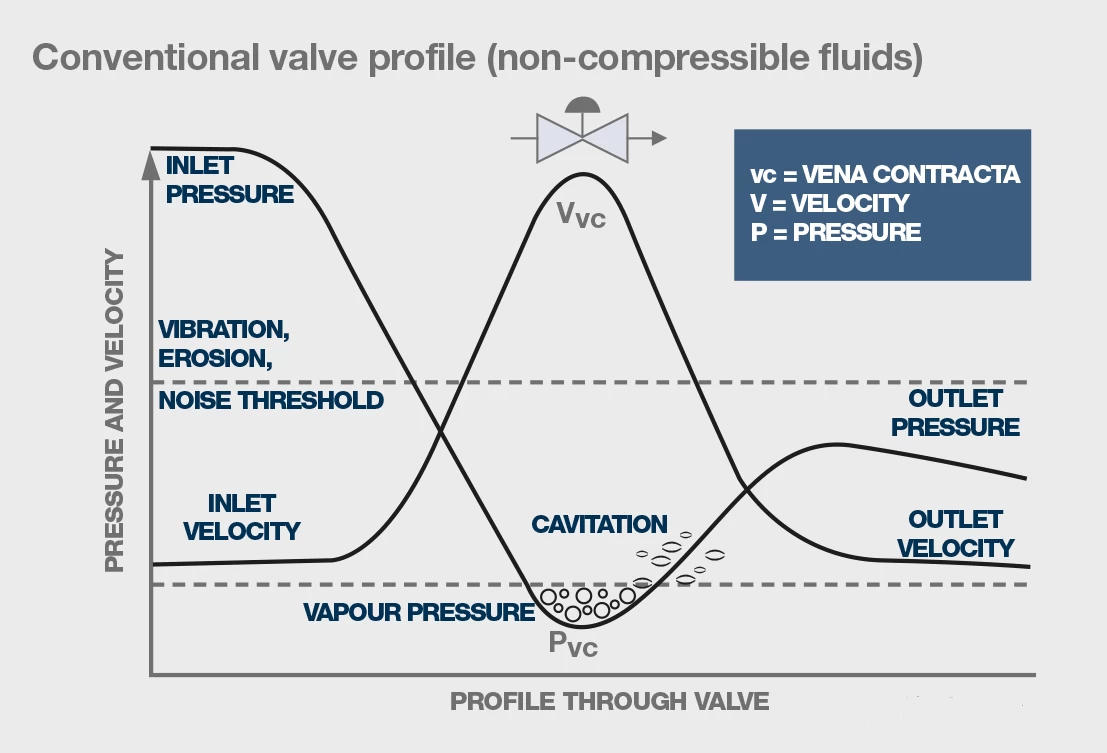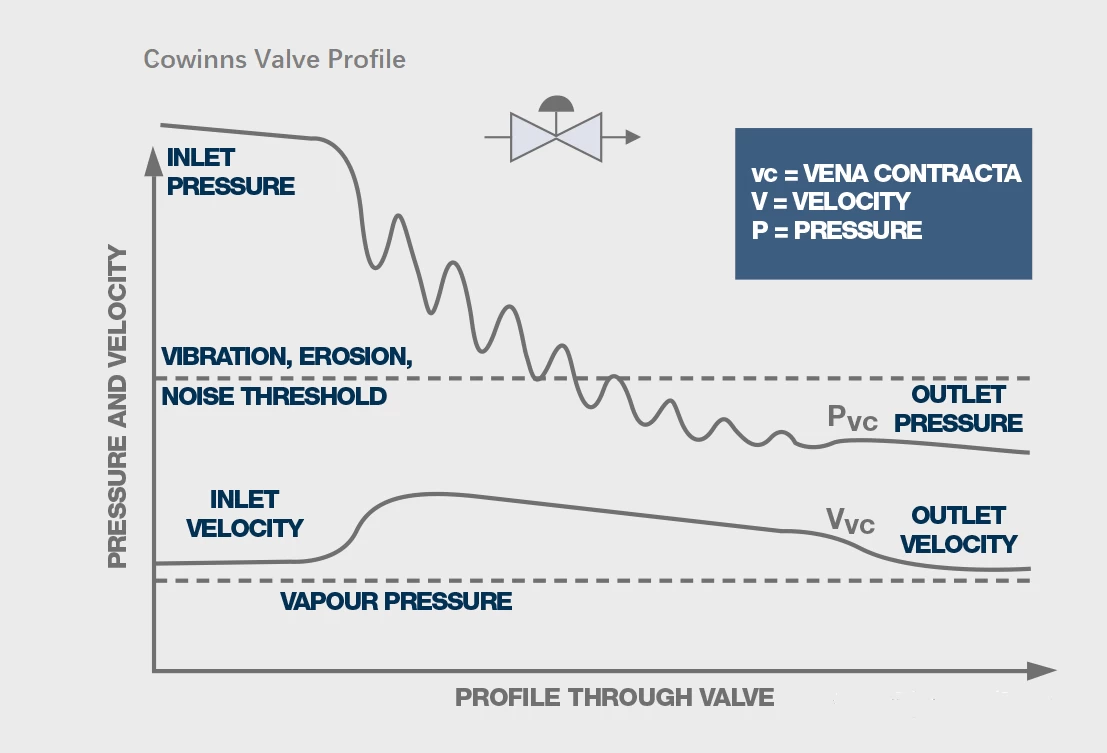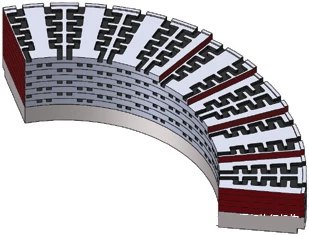Labyrinth Valve - Multi-stage Pressure Reduction Technology
Labyrinth Valve - Multi-stage Pressure Reduction Technology
In recent years, with the continuous advancement of industrial technology, special operating conditions such as high temperature and high pressure in actual production have imposed higher demands on control valves. Particularly in high-pressure differential applications, due to the high flow rates, erosion and corrosion often occur at the throttling components within the valve. Additionally, hazards such as cavitation caused by vaporization, noise, and vibration further pose significant risks to safe production. Therefore, manufacturers at home and abroad have developed multi-stage pressure reduction control valves specifically designed for high-pressure differential conditions.

high pressure control valve plug
For liquid media, when the pressure of the medium falls below its saturated vapor pressure, not only does choked flow occur, but also flashing is triggered. According to fluid mechanics theory, when high-pressure media flow through a resistance element, static pressure and dynamic pressure are interchanged, and the increase in flow velocity leads to a decrease in pressure. Therefore, increasing the resistance coefficient of the medium can achieve the goal of high-pressure drop. However, it is not feasible to use a single-stage pressure reduction structure to create sufficient flow resistance for the medium within the limited valve body space. Consequently, the total pressure differential of the valve is managed by dividing it into multiple stages, ensuring that the pressure drop across each stage ΔPn is less than the critical pressure drop ΔPc for choked flow (ΔPn being the pressure drop across stage n, and ΔPc being the critical pressure drop corresponding to choked flow). This method prevents cavitation from occurring in the medium, and it forms the theoretical basis for today's multi-stage pressure reduction anti-cavitation control valves used in high-pressure differential applications.


The labyrinth disc-type multi-stage pressure reduction structure, as shown in the diagram, consists of core throttling components formed by stacking multiple metal discs with labyrinth-like grooves. As the fluid flows through the labyrinth channels, it undergoes multiple collisions and turns, dissipating energy. During this multi-stage pressure reduction process, the flow velocity is also controlled. The number of turns in the labyrinth channels corresponds to the number of pressure reduction stages in the labyrinth control valve, typically ranging from ten to over twenty stages. Therefore, the labyrinth multi-stage pressure reduction structure is the most effective pressure reduction mechanism among common multi-stage pressure reduction control valves, with foreign products capable of handling up to 40 MPa. With excellent resistance to cavitation, erosion, noise reduction, and vibration suppression, the multi-turn labyrinth flow channels effectively control the fluid velocity, preventing undesirable phenomena such as cavitation, noise, and vibration. By combining different types of labyrinth discs, the labyrinth control valve can achieve various flow characteristic regulation curves. The labyrinth discs require high manufacturing precision and are typically made through Stellite alloy welding, providing a long service life. Installation and maintenance are relatively easy, with discs that are simple to replace. However, the labyrinth flow channels require a high level of cleanliness in the fluid medium; otherwise, blockages in the channels can occur.


 +86 512 68781993
+86 512 68781993 


















